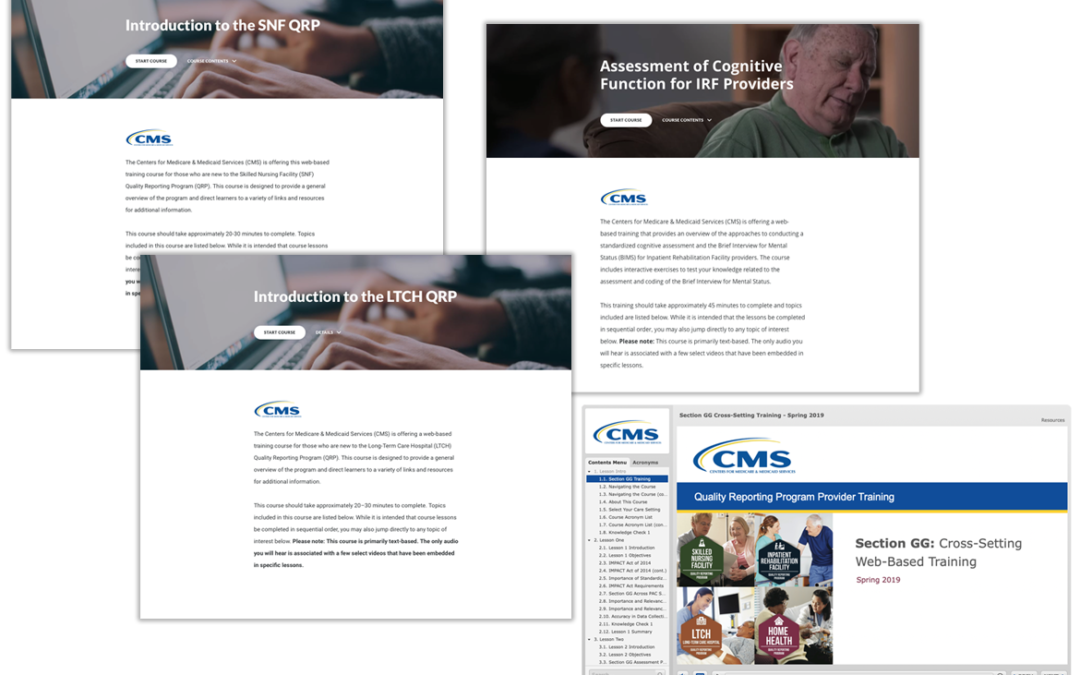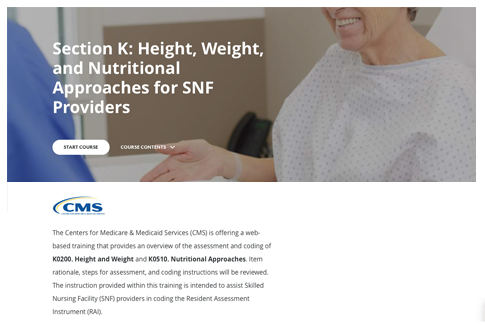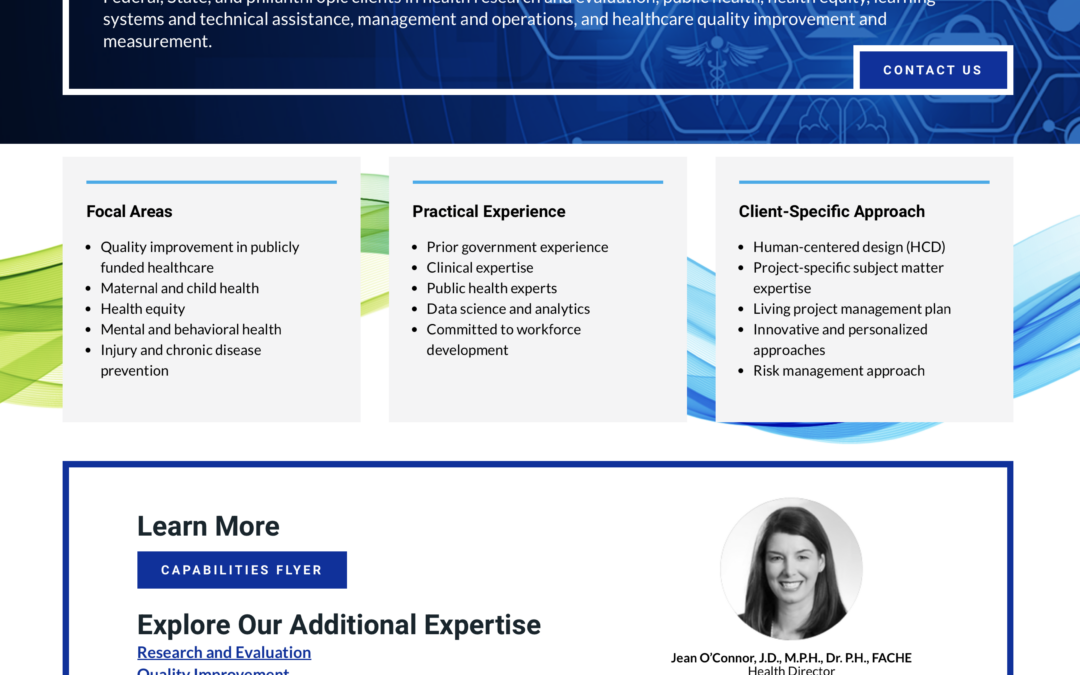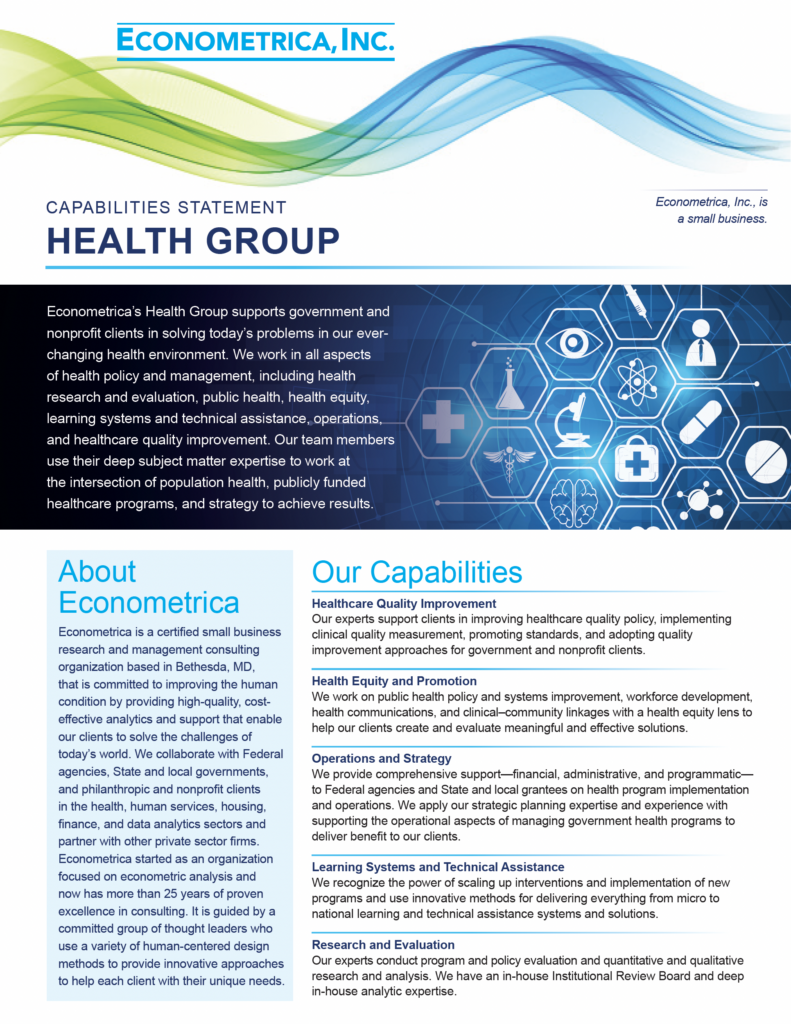
HUD Releases Updated FMRs; Econometrica Conducted Surveys for Multiple PHAs
BETHESDA, MD – The U.S. Department of Housing and Urban Development (HUD) released updated Fair Market Rents (FMRS) for fiscal year 2022 for 12 areas based on new survey data.
The updates, released in the Federal Register on March 10, 2022, come after public housing authorities (PHAs) conducted new surveys. According to HUD, the new FMRs reflect the estimated 40th percentile rent levels.
The Econometrica Team, consisting of Econometrica and M. Davis & Company, conducted surveys and data analysis for 6 of the 12 PHAs with updated FMRs. The team utilized its years of housing and community development experience to provide collection and analysis of data to appeal HUD’s previously proposed FMRs.
FMR values can be found on the HUD USER website.

Source: Fair Market Rents for the Housing Choice Voucher Program, Moderate Rehabilitation Single Room Occupancy Program, and Other Programs Fiscal Year 2022; Revised, 87 Fed. Reg. 13744 (March 10, 2022).
Econometrica is a research and management organization committed to providing high-quality, cost-effective economic and analytical services for clients in the private and public sectors. Located in Bethesda, Maryland, Econometrica in particular specializes in housing, community development, and economic analysis. It has performed FMR survey and related work for more than 15 years and has worked with PHAs for approximately 20 years.

















